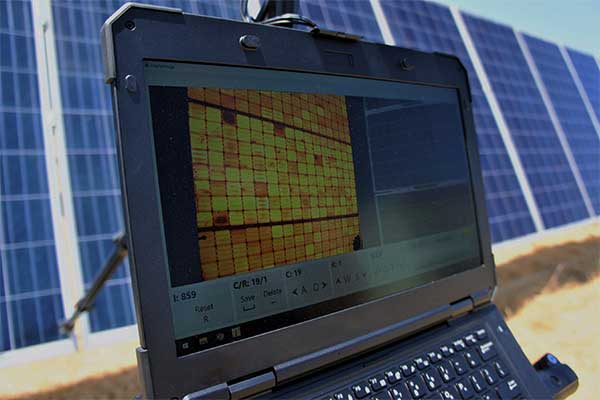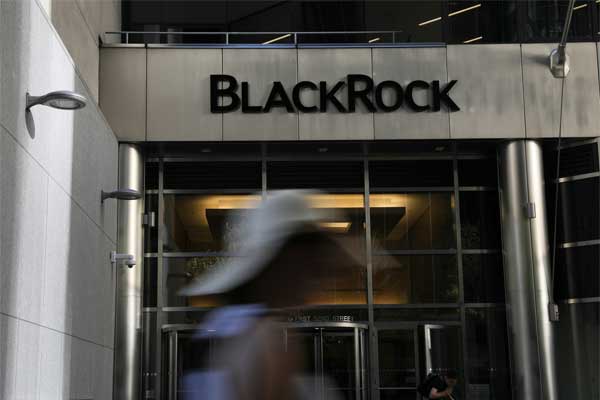- PV Evolution Labs (PVEL) has now tested PV modules installed in more than 1 GW of solar projects that were damaged by force majeure events.
- The company reached this milestone by providing on-site electroluminescence (EL) imaging services for PV modules.
- EL images reveal latent damage in PV modules that undermines energy yield, safety and financial performance of solar assets over time.
California — PV Evolution Labs (PVEL), the leading independent test lab for the global downstream solar industry, has now tested PV modules installed in more than 1 GW of solar projects that were damaged by force majeure events.
The company reached this milestone by providing on-site electroluminescence (EL) imaging services for PV modules. EL images reveal latent damage in PV modules that undermines energy yield, safety and financial performance of solar assets over time.

PVEL’s field EL imaging techniques reveal damage in PV modules that cannot by seen by eye.
“Field EL imaging techniques assist with quantifying damage at PV systems when they are struck by force majeure events such as wildfires, hurricanes and hailstorms,” said Gary Fleming, Senior Account Engineer of PERse, a managing general underwriter specializing in property and casualty insurance products for renewable energy power production facilities. “Field EL images can guide asset owners and O&M providers as they repair their plants and help ensure the accuracy of insurance claims.”
The field EL images provided by PVEL are like X-rays: they depict internal cell cracks, heat stress and manufacturing defects in PV modules that cannot be seen by eye. Using a specialized near-infrared camera, highly trained PVEL technical staff take EL images in the field during the daytime while modules remain installed on mounting systems.
“PVEL honed an efficient, cost-effective EL imaging process that brings the power and precision of our lab testing to operating assets,” commented Tara Doyle, Chief Commercial Officer of PVEL. “Today’s milestone is a testament to our dedicated mobile response team that innovated to support asset owners despite a global pandemic coinciding with a severe wildfire and hurricane season. Unfortunately, as the climate changes, these extreme weather events will only occur more frequently – and so our team remains on stand-by to support global asset owners and insurance companies.”
During a typical site visit, PVEL’s field team will image over one thousand PV modules per day. PVEL then processes and categorizes the images through a combination of AI-driven machine learning techniques and intensive engineering reviews. The results of this analysis are used to validate the size of force majeure insurance claims and the number of required PV module replacements.
“We understand that latent damage to PV modules eventually decreases the energy yield of power plants. This damage has negative ramifications for our future plant performance, environmental impact and our returns on investment. If disaster strikes one of our assets, PVEL would be one of our first calls for onsite field EL imaging. Their damage assessments provide the high level of accuracy and detail required for expeditious resolution of insurance claims,” commented Lynsey Tibbs, Solar Power Operations Project Manager at Southern Power Company.
While the majority of PVEL’s field EL work to date has supported damage assessments following force majeure events, the company has also provided field EL images to diagnose intractable system underperformance issues, to validate claims of PV module mishandling and improper installation, and to establish baseline project health early in a system’s lifetime before any incidents or damage occur.














Comments